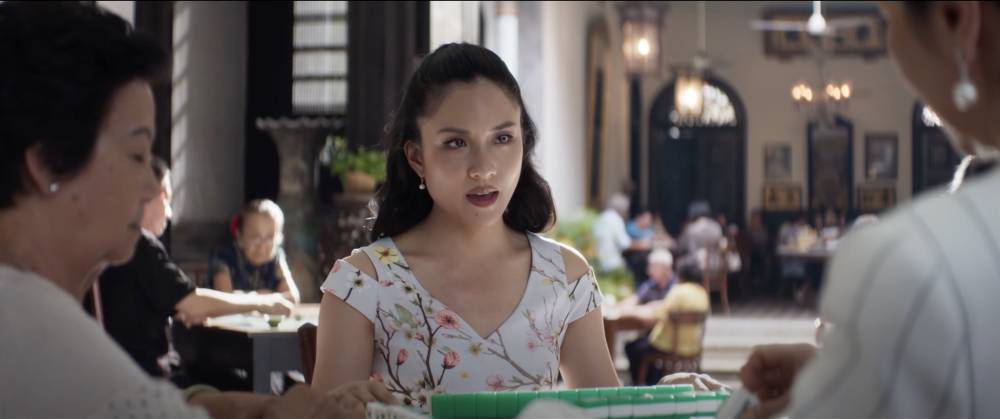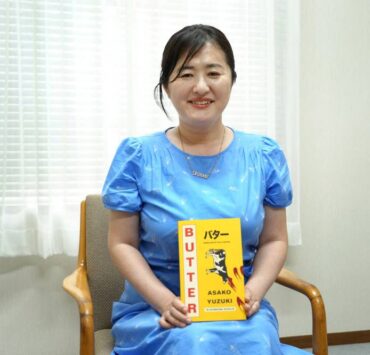From titas to TikTok: How mahjong became a Filipino cool-girl staple

At any given family gathering in the Philippines, especially during holidays, birthdays, or the lull between lunch and dinner, you’ll likely find a group of titas huddled around a square table. Tiles click rhythmically under their manicured hands. This is mahjong in its traditional form: competitive, social, and steeped in ritual.
But in 2025, the game has found itself in new company. Mahjong is now part of weekend staycations, themed game nights, and curated barkada hangouts. The energy remains playful, but the setting feels more styled and intentional. Spotify playlists fill the air, snacks are carefully plated, and tile sets are color-coordinated with Pinterest-worthy precision.
Mahjong, once seen as an old-fashioned pastime, is officially having a moment. And not just in the Philippines. From Los Angeles to Bangkok and across cities like Manila and Cebu, a new generation is embracing the game with equal parts irony and sincerity. The result is a bridge between tradition and trend.
The cultural roots of mahjong in the Philippines
Although mahjong originated in China more than 150 years ago, it has long been woven into Filipino family life. Among Chinese Filipino communities in particular, the game has stood as a staple of gatherings and weekend rituals. Over time, it crossed cultural lines and became a fixture in households across the country, often associated with long afternoons at your lola’s house, the buzz of conversation, and the occasional clinking of ice in glasses.
Growing up, mahjong was always part of the backdrop. It wasn’t glamorous. It was simply something the titas did. Now it feels nostalgic in the best way and, somehow, unexpectedly stylish.
Traditionally played for small bets or just the satisfaction of winning, mahjong fostered a unique kind of connection. The rules were passed down from titas to pamangkins, often without needing to be written down. It was a quiet kind of cultural inheritance that sat somewhere between Sunday novenas and the family recipes.
The modern mahjong revival: Aesthetic meets ancestry
Much of mahjong’s current popularity comes from a cultural craving for slower, more tactile experiences. In an age dominated by screens, endless scrolling, and short attention spans, the deliberate rhythm of mahjong offers something grounding. Add to that the visual appeal—pastel tiles, soft lighting, embroidered mats—and the game has effortlessly slipped into the aesthetic language of a social media generation.
Local creatives and small businesses have leaned into this revival, offering beautiful, customizable sets that turn mahjong into a lifestyle piece. Some are hand-painted in candy colors, others come in sleek acrylic boxes with vegan leather handles. Some sets even match with manicure ideas, turning the ritual of play into a full visual statement.
Online, creators document their mahjong nights like fashion campaigns. Videos feature outfit transitions, carefully curated tablescapes, and even ASMR-style tile sounds. Tutorials break down the game into bite-sized pieces for beginners, welcoming more players to the table.
Mahjong nights are the new dinner parties
Game night has become a new kind of gathering. For me and many friends, mahjong is now the highlight of weekends or long holidays. Instead of bars or clubs, we opt for cozy nights in with a full spread of snacks and a tile set at the center of the table.
It’s cocktails and capiz tiles. Jokers and chows instead of card games or board games. Hosting a mahjong night feels like hosting a mini-event. We set the tone with candles, curated playlists, and a relaxed dress code that still feels considered. The night unfolds slowly. There are laughs, running jokes, and a soft competitiveness that keeps us engaged.
There’s a quiet confidence in knowing how to play. Sitting down at the table feels like participating in something bigger than yourself. It’s a way of claiming space in a tradition shaped by women who came before us while infusing it with our own rituals.
From home tables to club nights
As the game continues to trend, mahjong has moved beyond private homes and staycations into more public, curated spaces. In Poblacion, Dumbo Manila has started hosting mahjong-themed nights, offering players a chance to mingle over cocktails, food, and live DJ sets in between rounds of pong and chow. These events feel like a natural evolution of the game—still community-driven but now elevated with ambiance and attitude.
Meanwhile, mahjong clubs have begun popping up across the city, led by players looking to make the game more accessible and social. Groups like Mahjong Maven Club have been instrumental in turning casual tile nights into thoughtfully designed gatherings. They mix tradition with trend by offering beginner-friendly game instruction alongside themed events, drinks, and a strong dose of girl gang energy. Whether you come to play, learn, or just take in the vibe, there’s something magnetic about watching a heritage game unfold in a space filled with style and modern ease.
A cross-generational bridge
Part of what makes mahjong so meaningful today is its power to bridge generations. I learned to play by watching my titas during family reunions. There were no written guides, no structured lessons. Just the rhythm of shuffling tiles, the cadence of calls, and a few whispered tips along the way.
In a time when many of us are reaching for pieces of our cultural identity, mahjong offers an intimate way to reconnect.
It is an experience tied to memory, movement, and conversation. The language of the game—pong, chow, flower—once unfamiliar, now feels familiar and almost melodic. Like a lullaby we grew up hearing in the background, now suddenly remembered.

















